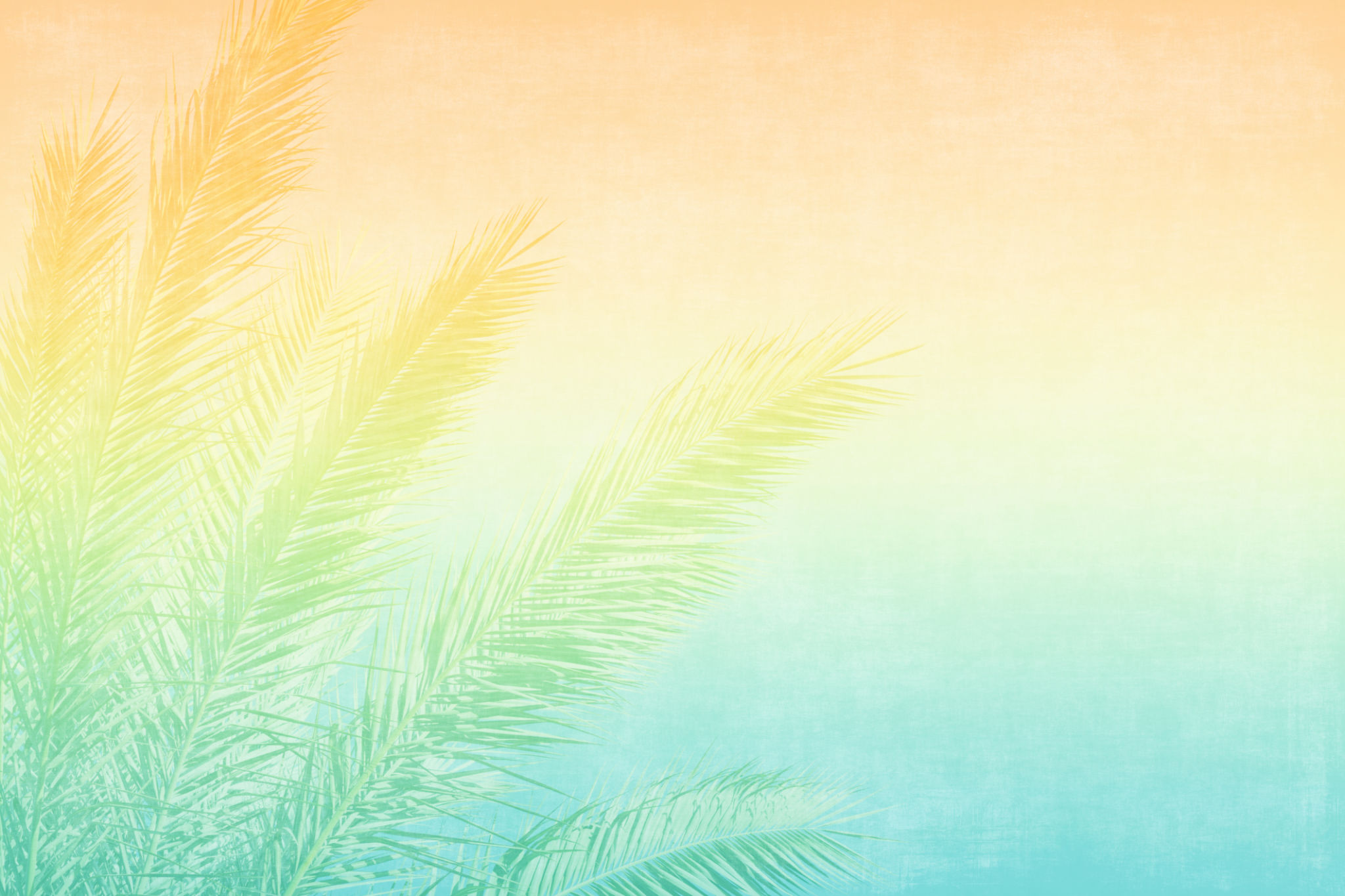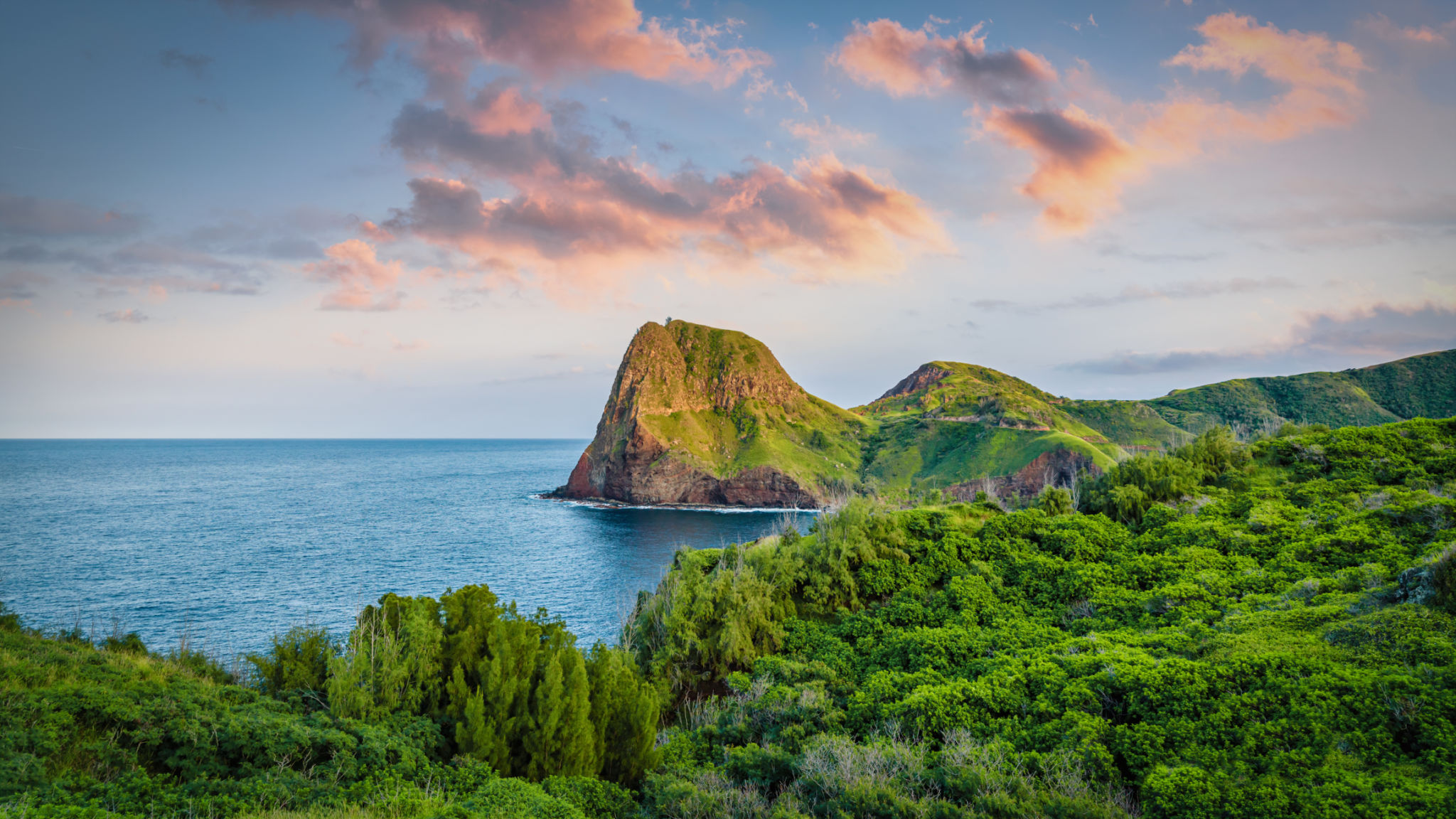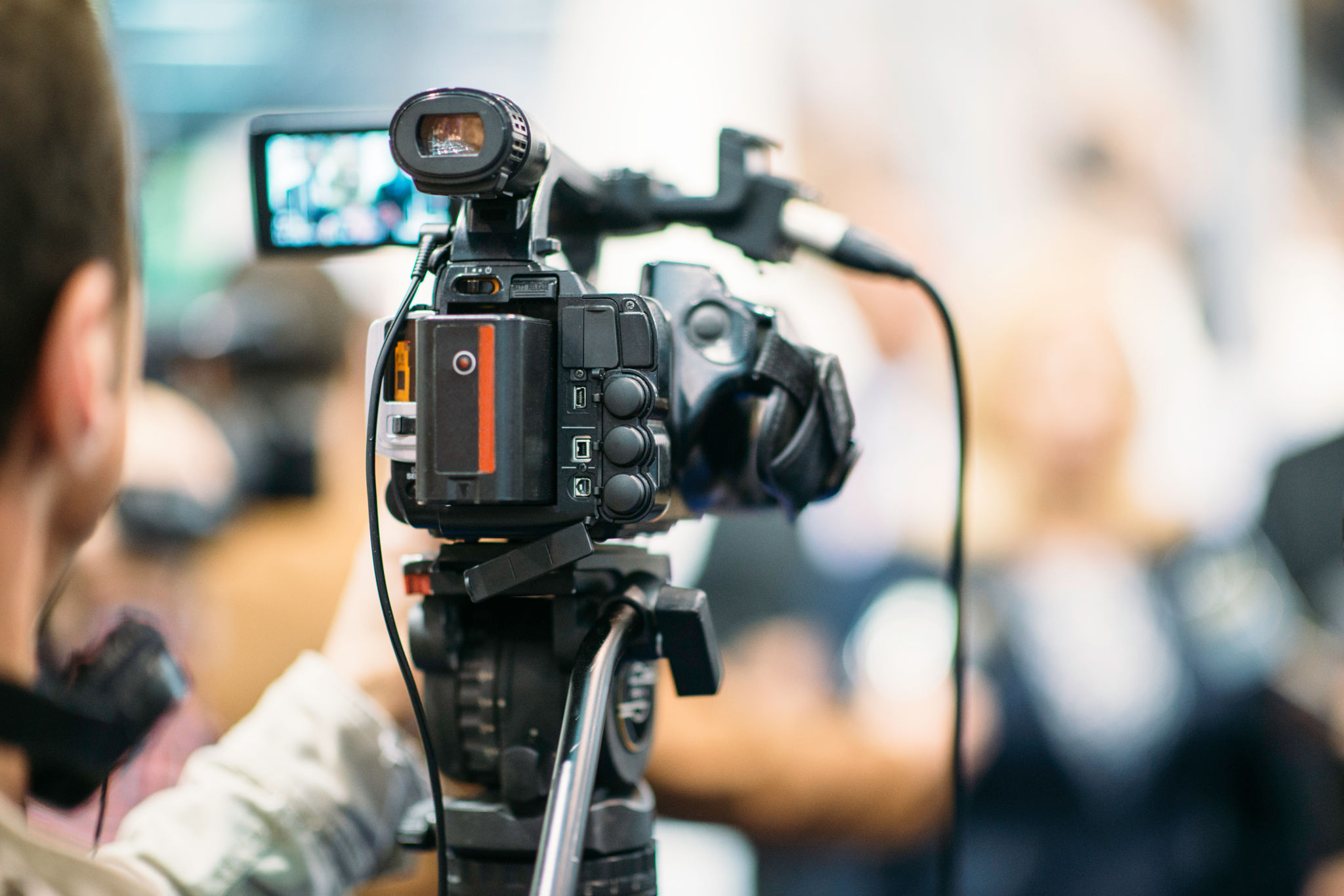Behind the Scenes: A Day in the Life of a Hawaiian Documentary Filmmaker
MA
The Early Morning Routine
Documentary filmmaking in Hawaii starts with the serene sound of ocean waves crashing against the shore. As a Hawaiian documentary filmmaker, the day often begins before sunrise, capturing the stunning beauty of dawn as it blankets the islands in a golden hue. This tranquil start is not just a routine, but a necessity to capture the island's natural beauty at its finest.
The early hours are spent setting up equipment and planning shots. The aim is to capture the essence of Hawaii—its vibrant culture, unique landscapes, and the stories of its people. Being a filmmaker in this paradise means embracing the unpredictable nature of both the weather and the subjects being filmed.

Scouting and Filming Locations
Location is key in documentary filmmaking, especially in Hawaii, where each spot offers its own unique charm. The day involves scouting for perfect locations, from lush jungles and volcanic landscapes to bustling local markets and serene beaches. Every location tells a story, and it’s up to the filmmaker to discover and share it with the world.
Filmmakers often work closely with local communities to ensure authenticity and respect for cultural sensitivities. This collaboration not only aids in gaining access to exclusive locations but also enriches the narrative with genuine insights and perspectives.

Capturing Authentic Stories
An integral part of a Hawaiian documentary filmmaker's day is interacting with the locals. These interactions often lead to compelling stories that form the crux of many documentaries. Whether it's an interview with a skilled hula dancer or a conversation with a local historian, these experiences add depth and authenticity to the film.
Building trust is crucial while filming personal stories. It requires patience and empathy, allowing subjects to open up and share their experiences candidly with the camera. This connection often results in powerful storytelling that resonates with audiences globally.

The Technical Aspects
The technical side of documentary filmmaking involves handling cameras, drones, and audio equipment. In Hawaii, this also means dealing with environmental challenges like humidity, sand, and sudden weather changes. Filmmakers need to be prepared for anything, ensuring their gear is well-maintained and protected.
The use of drones has become popular for capturing Hawaii's breathtaking aerial views. These shots provide a fresh perspective on the islands' diverse topography, from towering cliffs to vast ocean expanses. Mastering these tools takes time, but the results are often spectacular and well worth the effort.
Editing: Crafting the Narrative
Once filming wraps up, the focus shifts to editing. This phase is where all the footage comes together to create a coherent and engaging narrative. For Hawaiian documentaries, this process involves weaving together stunning visuals with compelling audio to create an immersive experience for viewers.
Editing requires creativity and precision, ensuring that each scene serves the overall story. It's during this time that filmmakers often discover unexpected gems in their footage, leading to new storytelling opportunities that enrich the final product.

Reflecting on the Day
As the day comes to a close, Hawaiian documentary filmmakers take time to reflect on their work. This reflection helps in assessing what was captured and planning for the next day’s shoot. It’s an ongoing cycle of learning and adaptation that fuels their passion for storytelling.
For these filmmakers, documenting Hawaii is not just a job but a calling—a chance to share the beauty and diversity of these islands with the world. It's a privilege that comes with great responsibility, one they embrace wholeheartedly each day.